-
Posts
584 -
Joined
-
Last visited
-
Days Won
10
Content Type
Profiles
Forums
Store
Gallery
Downloads
Calendar
C-130 Hercules News
Posts posted by pjvr99
-
-
Another one bites the dust ..... :-(
Hercules fleet reduced by oneDate: 15 July 2009
By Dean Wingrin
The first SAAF C-130B Hercules to be upgraded to BZ configuration has been withdrawn from use.
The latest issue of the official magazine of the SAAF, Ad Astra, noted that the outer wings of aircraft 407 were removed in 2005 for fatigue investigation "which the OEM forced the SAAF to comply with".
The aircraft was subsequently cannibalised and never returned to service.
The SAAF acquired seven C130B aircraft (401 - 407) in 1963. In 1997/8 the USA donated two ex-USAF C-130B (408 and 409) and three ex-USN C-130F Hercules aircraft as part of the Excess Defence Articles programme. At the time the SAAF also decided to upgrade the entire Hercules fleet.
The two ex-US C-130B's and a C-130F were subsequently put in service, but the C-130F was retired soon thereafter. The balance of the two C-130F's were never placed into service because of major airframe corrosion and it was considered too expensive to upgrade the F version to the new SAAF standard.
The nine-strong fleet underwent a major refit from December 1996, when Marshall Aerospace of Cambridge in the UK and Denel were contracted to upgrade the aircraft as part of Project Ebb, fitting, inter-alia, digital avionics in the place of the electromechanical instrumentation.
The first C-130B to complete the full avionic upgrade to C-130BZ standard was aircraft 407. Formal customer acceptance of 407 took place at Cambridge on 24 July 2000.
In December 2004, Lockheed-Martin, the manufacturer of the aircraft, advised all operators of the Hercules that potential existed for cracks to develop in the outer wing area. In order to establish evidence of potential cracking, the wings would have to be disassembled and the potential problem area scrutinised.
As a result, the SAAF grounded their Hercules fleet as a safety measure in February 2005 and the first aircraft to undergo such an inspection was aircraft 407. It now appears that the aircraft was never returned to service as parts were taken off the aircraft and used on the rest of the Hercules fleet.
The upgrade project had a few stumbles when aircraft 403 had to undergo contractual repairs and modifications when it was damaged during fuel tank pressurisation testing prior to redelivery to the SAAF.
Aircraft 402 is still in the process of being upgraded after receiving fire damage on 8 October 2004 when the brakes caught fire during ground taxi tests. A protracted legal battled then ensued to determine which of Denel or Marshall were liable for the repairs.
-
Spoke to one of the guys late this afternoon - thinks no repair, only replace. He will check for
me tomorrow.
-
You guys seem to have some issues there. IIRC same as for fwd chines, will check with our
structures guys .....
-
Sorry for resurrecting an old post....
Don't be sorry, I should have reported back some time ago. We found a misaligned truss
mount, which cleared a lot of the problem after replacement. A number of very minor defects,
and 'within limits' decisions, came together to cause all this frustration. She has been flying
for several months without any further problems.
-
Had this one back in the 80's. TD amp is sensing anything off the thermocouples as too hot, and commanding the TD valve to reduce fuel ...... to the point where there is insufficient fuel to keep the flame(s) alive
-
No civil ops here, you will be working on the Saudi Air Force birds. Go to the Boeing website .....
-
A friend is doing his sim in Jakarta at the moment. Says rumour has it, #3 & #4 condition levers were in feather. Their sim instructors are throwing a LOT of 2 engine out problems at them
-
OK, so you have your high power setting - how does this tell you whether you have
contaminated fuel? You're allowed 0.5% rpm, 10°C TIT, and 400"lb torque flux in
normal operation
-
Had one like this some time ago. There's a check valve inside the accessory drive, that is
busy dying. Choices are: remove the GTC now and get it repaired relatively cheap, or, fly to
failure. Not much you can do at maintenance level to repair this. If I remember, I'll get the TO
reference to this problem .....
-
Where is it leaking from - i.e. accessory case? or from one of the drains?
-
..... I think management would forgive an overweight landing, if this is your reason for
dumping. As C130H2FE says - deal with the fire first, then worry about the rest.
One of our members told of his experience with an engine fire, which resulted in the engine
falling off the wing in flight - can't find the story, though!!
-
I started working the Herk in 1985 in the South African Airforce. After leaving in 1990 I had
no further contact until I started contracting at SAFAIR in Johannesburg, in 1998. In 2003, I
was offered the adventure of a lifetime, to come to Saudi and work on the birds as a civilian
contractor.

The view from my office .....

... doing business .....
-
The p/s pressure is a little bit of a grey area. I read the limitation as 55 +-5, at 100%, and oil
temperature 80 to 85°C - meaning maximum flux should not go below 45psi. I would not
continue to operate the engine with these conditions being exceeded.
The RGB is different as it has a much wider operating range. 150 to 250psi at 100%, and oil
temperature 80 to 85°C, with the nominal pressure being 180psi. At 180psi the low end of the
flux would be 160 - still within limits. However, when doing back pressure checks, if the
pressure drops below 180psi BEFORE 80°C is reached, the pressure is increased.
The reasoning in both cases is insufficient lubrication and cooling, leading to catastrophic
failure, even though, technically, both systems may be operating within design specs at
maximum flux and minimum pressure. Unless departing a full-scale battle-zone requiring all 4
donkies, the offending engine should be shut down.
At LSGI P/S pressure was +-45psi and RGB pressure +-100psi. When you go to normal (all throttle positions, rev to t/o) P/S dropped to 35psi and RGB went to 110psi. First thought was tank s/o valve was only part open. Changed it but no difference. Then changed all flexible hosed to pressure pumps, no change. Then I thought, MAYBE, someone dropped a rag, or plastic, something into the tank, and this was causing the restriction - nada, nothing. Only thing left was the pendulum in the tank. It is a big rubber tube with steel rings to prevent the tube collapsing. Several of the rings had turned sideways, and the tube was collapsing with the suction when the engine went to normal speed.From my post on Herc HQ 2 years ago. Things may not be what they appear, so rather err
on the side of caution
-
-
-
Spooky, I'm not sure where the 910 comes from, as the job guide calls for 900°C in null, when
doing TD system checks. Once the TD switch is moved to auto, TIT may change by as much
as 40°C in either direction. In the cell, we have a separate step done at 850°C which is also
just a controlling check.
Once the throttle is above cross-over, it doesn't really matter what the TIT is, as the system
is going to respond in the same way, with similar results. My guess would be the use of 900°C/910°C is a throwback to -7 engines.
..... PS 910°C = 1670°F, while 900°C = 1652°F (read 1650°F)
-
Hard to say off the pics, need to get up close and all touchy-feely. If, and I say IF, this was
afterbody bolts, you're lucky to get away with such a small amount of damage. The washers
and nuts from the anti icing tabs can slip through the gap between the a/b and drip-pan lip,
and the damage visible is more consistent with one of these smaller items.

The cause .....
The result .....



-
Completely valid for fixed-wing
-
OK, then I'm with Tiny - a lot more difficult to trace, but sounds like a chafed wire somewhere, or a dry solder joint on a cannon plug
-
Pakis got all their birds through regular means. They had 12 (I think), but 2 were destroyed in a ground collision several years ago
-
Tiny, you may be right in that he REPLACED the retriever, but the way he says it, sounds like
he only swapped left and right over, and the problem followed. Let's see if he has some more
info .....
Another thought: were the correct value limiters installed after the first set failed? I made
the same mistake last year with the GTC/APU test stand - fitted a 200A limiter instead
of 275A
-
Posted by 1038cc
..... hold the switch either to full unwind or rewind and it will not blow, but if you bump the switch 6 or 7 times pretty quick, it will blow before you know it .....Seems the answer is right here
Posted by SonnyJ
-
Tnx Steve. Confirms what I know, but need the reference to beat someone
on the head with :P
-
Wonder if anyone out there has the following info:
Valve housings fitted to outboard props of commercial/L100/L382 aircraft PNo should
end with 855, while inboards can be 855, or -3 or -7. I am looking for the SB, AD, or
any other reference for this
Thanx
PJ


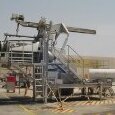
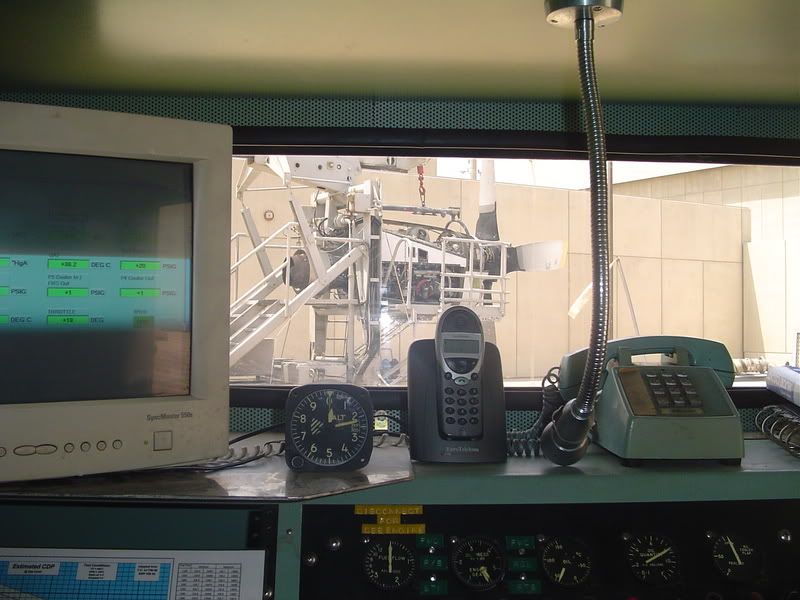
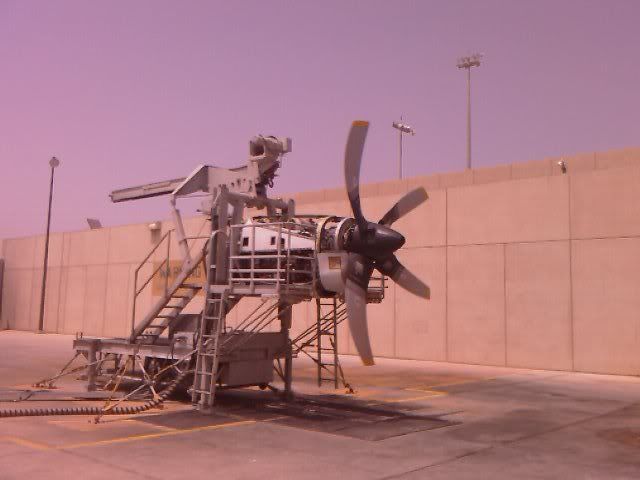
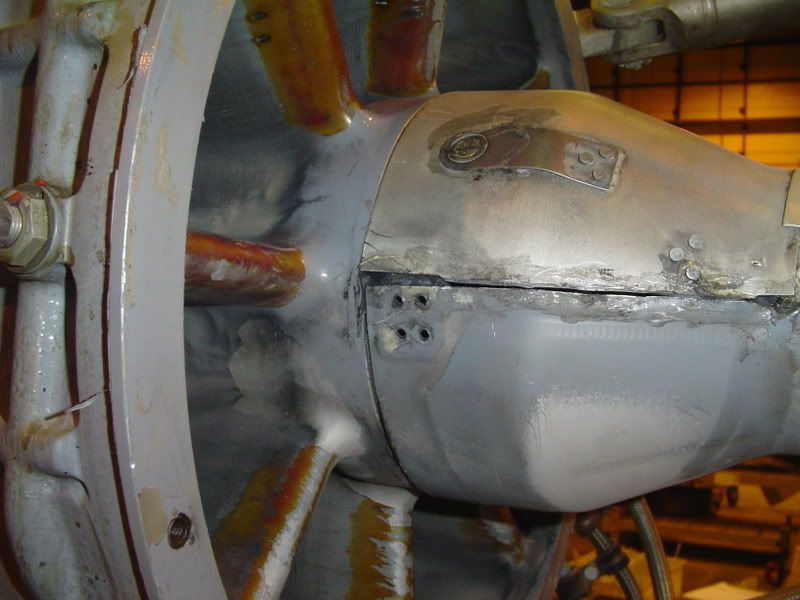
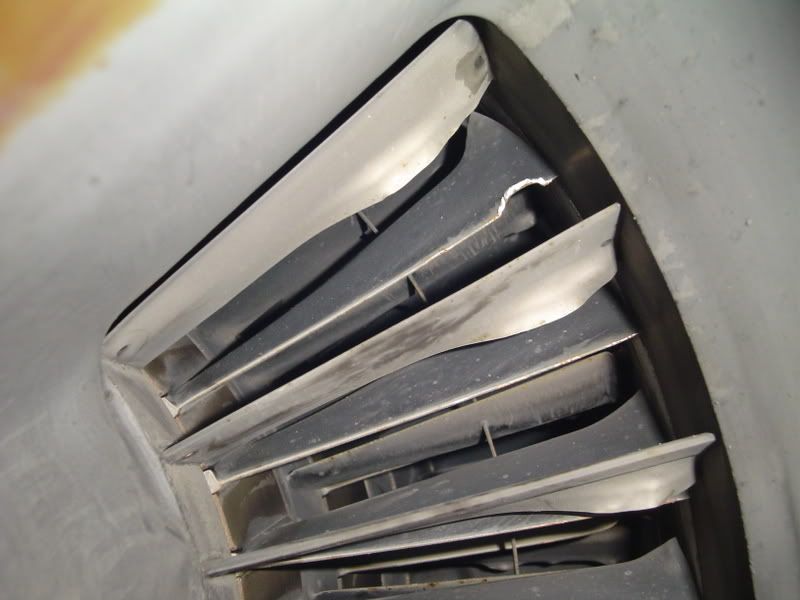
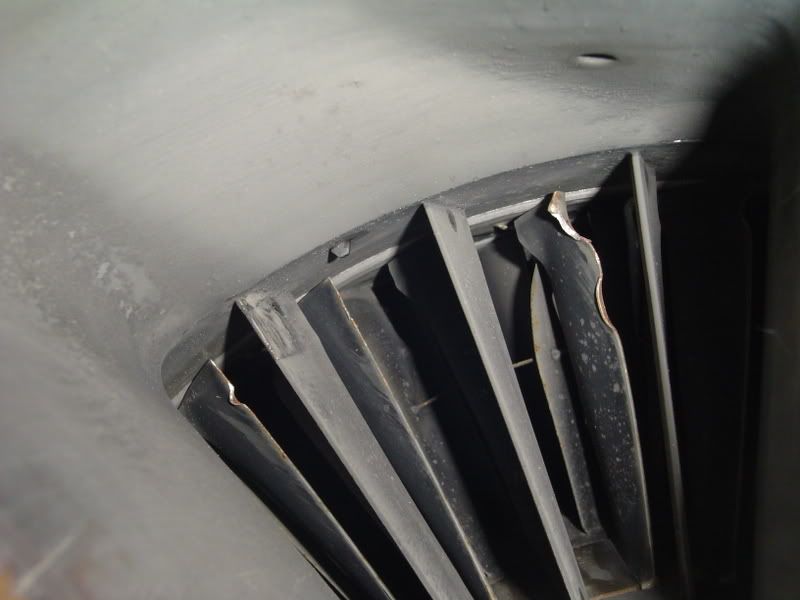
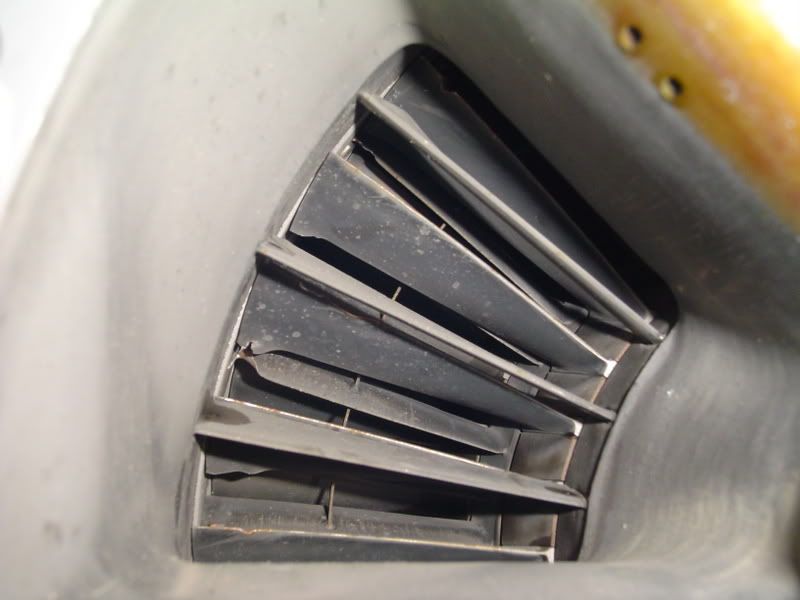
Sloping Longeron Change
in C-130 Technical
Posted
Been part of the work crew once and seen it done several times. Most important thing is shoring
the empennage before removing anything. Once the item is removed, make a template of 1/4"
aluminium ..... job shouldn't take more than 2 - 3 weeks